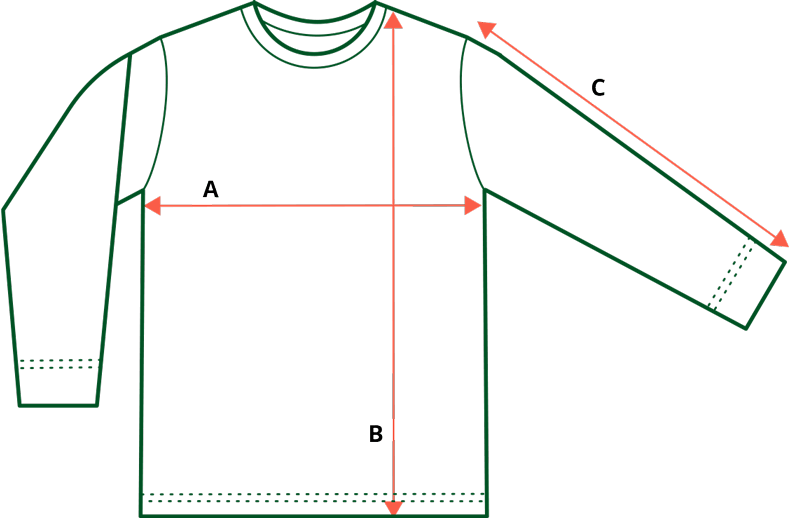Hosta 'Blue Rock' — long sleeve t-shirt
- Long sleeve floral t-shirts for avid lovers of all botanical specimens, flora fans and gardening enthusiasts. Perfect for cooler days. Knit composition: 85% cotton / 15% viscose. Weight: 170 g
Subscription products in your shopping cart
Set one delivery frequency for all subscription products in your cart every:
Subscription products in your shopping cart
Hosta ‘Blue rock’
Hosta ‘Blue rock’
This ornamental perennial in the asparagus family is native to Asia. Hosta is one of the oldest plants cultivated by humans. In China, it was cultivated as a medicinal plant as early as 2000 years ago. In Japan, Hosta was used in cooking as a substitute for asparagus or spinach, in addition to its decorative purposes. Today, it is valued as an ornamental plant, without which it is difficult to imagine shady corners in the garden.
The fancifully coloured hostas grow from rhizomes to form picturesque clumps. The numerous varieties boast a wide range of leaf shapes - from very large (30-40 cm long) egg-shaped or heart-shaped - to miniature, jagged or lanceolate. Hosta flowers in mid-summer, the bell-shaped flowers ranging from white through lilac to purple - are gathered in loose clusters at the top of long, stiff stems.
The best site for Hosta is in a shady, moist, humus-rich soil. They are long-lived plants, perfect for naturalistic gardens - forming picturesque rosettes - blending in perfectly with other perennials.
Variety 'Blue Rock' - has beautiful heart-shaped leaves with a blue hue, distinctly ribbed, and dense clusters of white-lilac flowers that appear in July. This variety forms large clumps and fills difficult spots in the garden perfectly, e.g. under taller trees.
| Size | Width (A) | Length (B) | Sleeve (C) |
|---|---|---|---|
| XS | 46 cm | 68 cm | 54 cm |
| S | 51 cm | 70 cm | 58 cm |
| M | 53 cm | 72 cm | 58 cm |
| L | 56 cm | 74 cm | 62 cm |
| Xl | 58 cm | 76 cm | 63 cm |
| XXL | 61 cm | 78 cm | 63 cm |
| 3XL | 66 cm | 82 cm | 63 cm |
Consider a smaller size when buying for women. Our long sleeves have a loose fit.
How to measure?
The t-shirts are measured flat, loosely. The measurement, which can be found in the table, was taken at the location indicated by the arrows in the picture below:














